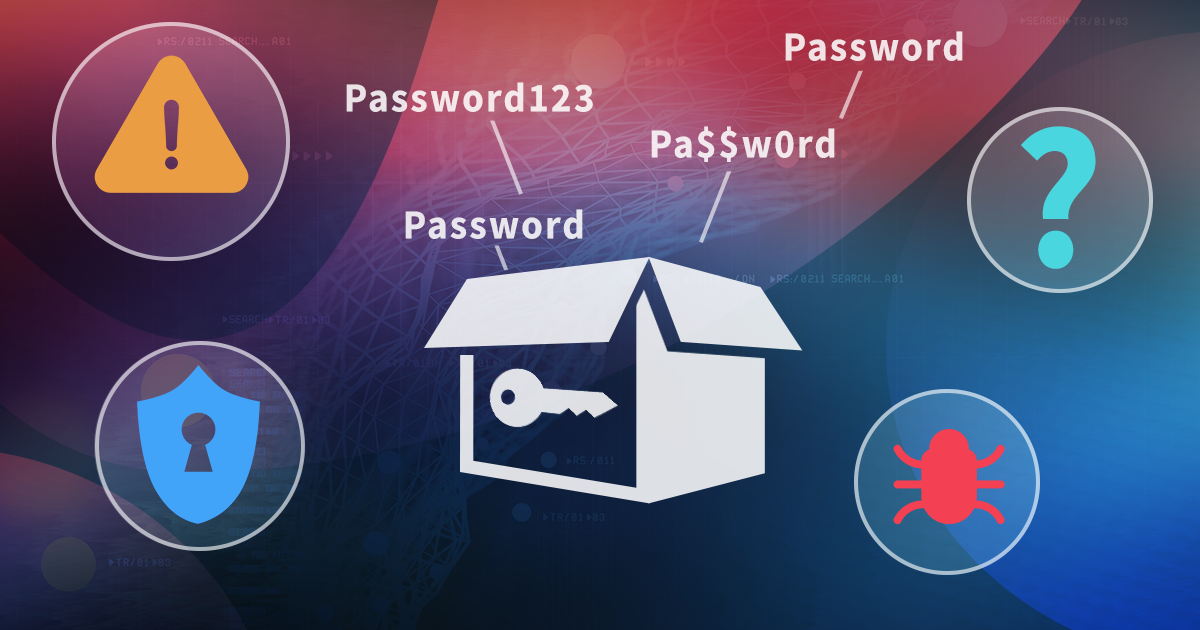Reportedly, Apple dropped plan for encrypting backups after FBI complained. Apple’s decision will undoubtedly cause turmoil and will have a number of consequences. In this article, I want to talk about the technical reasons for encrypting or not encrypting cloud backup, and compare Apple’s approach with the data encryption strategies used by Google, who have been encrypting Android backups for several years.
This year is different from many before. The Corona pandemic, the lack of travel and canceled events had changed the business landscape for many forensic companies. Yet, even this year, we made a number of achievements we’d love to share.
A year ago, we analyzed the encryption used in Synology NAS devices. We were somewhat disappointed by the company’s choice to rely on a single encryption layer with multiple functional restrictions and security reservations. Today we are publishing the results of our analysis of data encryption used in QNAP devices. Spoiler: it’s very, very different.
Apple has long provided its users the tools to control how apps and Web sites use their personal data. The release of iOS 14 brought a number of new privacy features, while iOS 14.3 adds an important extra. At the same time, one of the most interesting privacy features is facing tough opposition from a group of digital advertising associations, making Apple postpone its implementation.
Today we have an important date. Advanced Office Password Recovery turned 16. What started as an instant recovery tool for legacy versions of Microsoft Word had now become a GPU-accelerated toolkit for breaking the many Microsoft formats. Today we’re releasing a major update, giving Advanced Office Password Recovery and Distributed Password Recovery tools the ability to crunch passwords faster with the newest and latest NVIDIA 3000-series graphic boards. Powered by Ampere, the new generation of GPUs delivers unprecedented performance in modern video games. How do the new cards fare when it comes to accelerating the password recovery, and is an upgrade worth it for the forensic experts? Let’s find out.
The past two years have become a turning point in iOS acquisition. The release of a bootrom-based exploit and the corresponding jailbreak made BFU acquisition possible on multiple devices regardless of security patches. Another exploit covers the entire iOS 13 range on all devices regardless of their hardware revision. ElcomSoft developed a jailbreak-free extraction method for the entire iOS 9.0-13.7 range. Let’s see what low-level acquisition options are available today, and when to use what.
When adding a new encryption format or comparing the performance of different password recovery tools, we routinely quote the recovery speed expressed in the number of passwords per second. But what is the true meaning of password recovery speeds? Do the speeds depend solely, or at all, on the encryption algorithm? What’s “military grade” encryption, and does it guarantee the security of your data? And why on Earth breaking AES-256 encryption takes so vastly different effort in different file formats? Read along to find out.
Accessing a locked system is always a challenge. Encrypted disks and encrypted virtual machines, encrypted files and passwords are just a few things to mention. In this article we are proposing a straightforward workflow for investigating computers in the field.
The user interface is a major advantage of Elcomsoft tools. Setting up attacks in Elcomsoft Distributed Password Recovery is simpler and more straightforward compared to the command-line tool. In this article, we’ll talk about the general workflow, the use and configuration of distributed and cloud attacks in both products.
After publishing the first article in the series, we received numerous comments challenging our claims. We carefully reviewed every comment, reread and reevaluated our original article. Elcomsoft vs. Hashcat Rev.1.1 is here.


